You have not yet added any article to your bookmarks!

Join 10k+ people to get notified about new posts, news and tips.
Do not worry we don't spam!
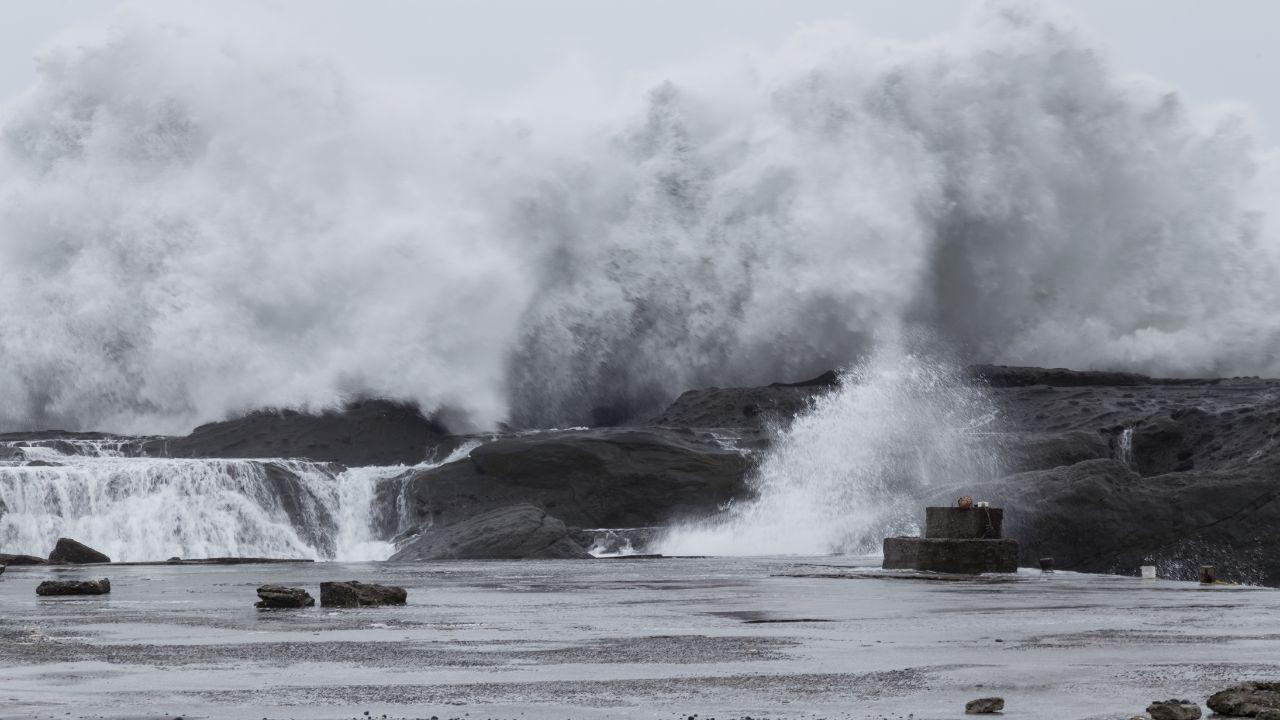
Post by : Meena Ariff
The Pacific Coast of the United States faces one of nature’s most dangerous threats — a mega tsunami. Scientists warn that such a tsunami could happen if a massive earthquake takes place along the Cascadia Subduction Zone. This disaster could create giant waves, as tall as skyscrapers, that may destroy coastal towns within minutes.
This is not a science fiction story. It is based on real geological studies, past historical records, and years of research by experts. Understanding this risk is the first and most important step in preparing for it.
What is the Cascadia Subduction Zone?
The Cascadia Subduction Zone is a fault line that stretches nearly 700 miles. It begins in Northern California, passes through Oregon and Washington, and reaches British Columbia in Canada.
Here, the Juan de Fuca tectonic plate is slowly sliding beneath the North American plate. Unlike small fault lines, Cascadia is capable of producing extremely powerful earthquakes — sometimes as strong as 9.0 or higher on the Richter scale.
When this fault suddenly slips, the earth shakes violently. But that is not the only danger. Such a slip can push an enormous amount of seawater upward, creating a tsunami that races toward the coast at great speed.
The Possibility of a Mega Tsunami
If Cascadia experiences a big earthquake, scientists say it could unleash a mega tsunami. These waves could reach 100 feet or even higher, crashing into the coastlines of Oregon, Washington, and Northern California within 15 to 30 minutes.
This short warning time makes the situation very dangerous. Whole towns along the Pacific Coast could be submerged. Roads, houses, hospitals, and schools may be swept away in moments.
History as a Warning
This threat is not new. History already tells us what Cascadia is capable of. The last big earthquake in this region occurred in the year 1700. It was so powerful that it created a massive tsunami which crossed the Pacific Ocean and struck Japan.
Geologists studying tree rings, soil layers, and tsunami deposits have confirmed this event. Based on their studies, such mega earthquakes happen in Cascadia every 300 to 600 years. More than 300 years have already passed since 1700, and scientists believe the region is once again entering a period of danger.
Scientists’ Warnings
Earthquake experts and geologists have studied Cascadia for decades. They all agree on one thing: the earthquake will happen one day. No one knows the exact time. It could strike tomorrow, next year, or 50 years later. But it will certainly strike at some point in the future.
When it happens, the shaking could last several minutes, toppling buildings, bridges, and roads. The earthquake itself would cause widespread destruction across the region. But the tsunami that follows could be even deadlier for people living on the coast.
Areas Most at Risk
Millions of people live in areas that would be directly affected. The main danger zones include:
Northern California – small coastal towns and fishing villages.
Oregon – cities like Seaside, Newport, and Astoria.
Washington State – towns along the Olympic Peninsula and Puget Sound.
British Columbia, Canada – Vancouver Island and nearby regions.
Many of these towns are built close to the sea at low elevations. This makes them extremely vulnerable because the water will rise quickly and leave little chance to escape.
How Much Time for Evacuation?
The greatest challenge with a Cascadia tsunami is the short warning time. Unlike tsunamis that start far out in the ocean, this one would begin almost immediately after the earthquake.
Experts say coastal residents would have only 15 to 30 minutes to reach higher ground before the first huge waves arrive. That is barely enough time to run uphill or reach a safe building. Because of this, awareness and readiness are necessary.
Preparedness Efforts
Governments and local authorities in the Pacific Northwest are already trying to prepare for such a disaster. Some of the key steps include:
Tsunami Evacuation Maps – showing safe routes where people must run when an earthquake strikes.
Early Warning Systems – using sensors to detect earthquakes and send quick alerts to phones and radios.
Community Drills – organizing practice events where people learn how to respond.
Stronger Buildings – updating construction rules so that schools, hospitals, and offices can survive stronger quakes.
Still, experts believe much more needs to be done, especially in small towns that lack resources.
The Importance of Public Education
Scientists and disaster managers emphasize that technology alone cannot save lives. Education is just as important. People must understand that when a strong earthquake hits, they cannot wait for an announcement. They must immediately move to higher ground.
In many coastal schools, children are already being trained about tsunami safety. Families are learning evacuation routes. Some communities are even building tsunami towers — tall structures where people can quickly climb to escape rising waters.
Lessons from Past Tsunamis
Other parts of the world have already experienced the horrors of tsunamis. In 2004, an earthquake off Indonesia caused a tsunami that killed over 230,000 people in Asia. In 2011, Japan faced a devastating tsunami that killed nearly 20,000 people and triggered the Fukushima nuclear disaster.
The United States has studied these tragedies carefully. They serve as strong reminders of what could happen if Cascadia unleashes its fury.
What If It Strikes Today?
If the Cascadia mega earthquake and tsunami struck today, scientists predict the following outcomes:
Thousands of deaths, especially in coastal towns.
Entire neighborhoods, schools, and hospitals were destroyed.
Collapse of transport systems, with highways, bridges, and airports damaged.
Power and communication failures that could last weeks or months.
Economic damage is worth billions of dollars.
Recovering from such a disaster would take many years, even decades.
Can This Disaster Be Stopped?
Sadly, earthquakes and tsunamis cannot be prevented. They are natural forces beyond human control. However, damage can be reduced through mitigation and preparation.
Scientists are using seismographs, underwater sensors, and computer models to better understand Cascadia. By learning more, they hope to design improved warning systems and safer infrastructure.
The danger from the Cascadia Subduction Zone is real. While no one knows the exact day or year, scientists agree that the Pacific Northwest is at risk of facing a massive earthquake and tsunami.
The only way forward is awareness, preparation, and education. Communities must be ready to act instantly when the earth starts shaking. Preparedness today could mean survival tomorrow.
The possibility of a mega tsunami hitting the US Pacific Coast may sound like something from a disaster movie, but it is a very real and serious threat. Nature cannot be controlled, but human response can make a big difference.


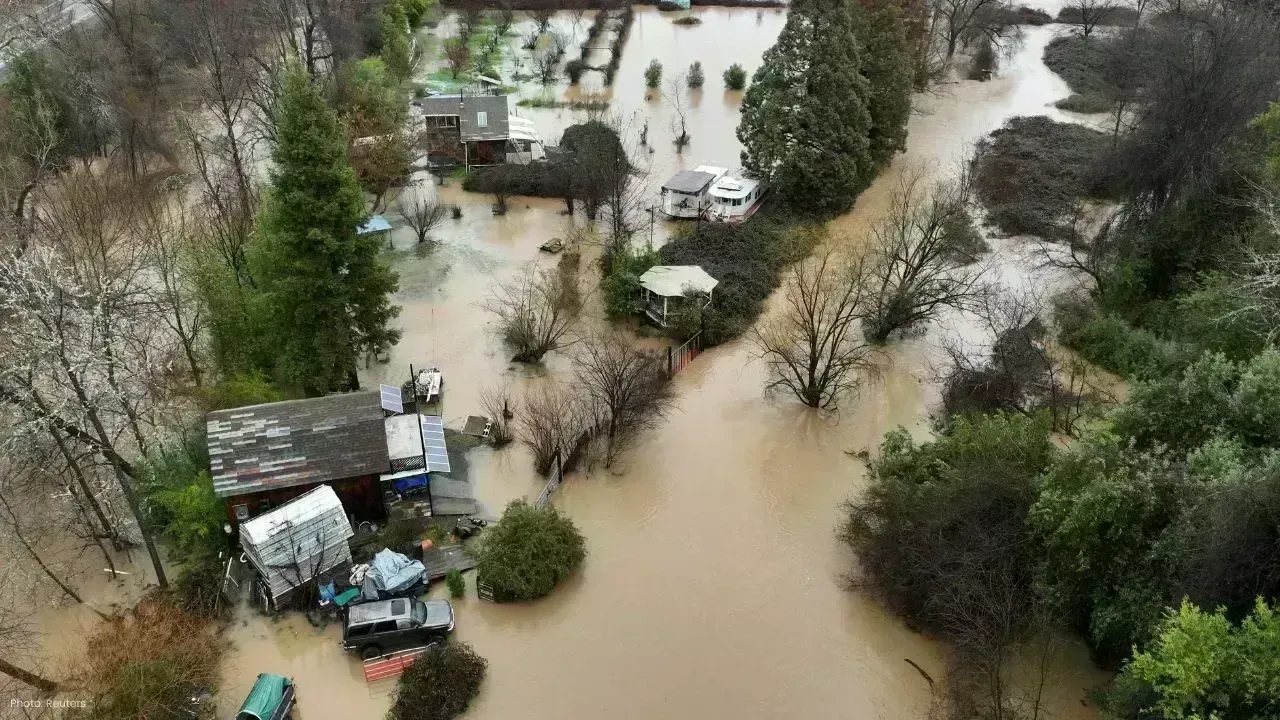



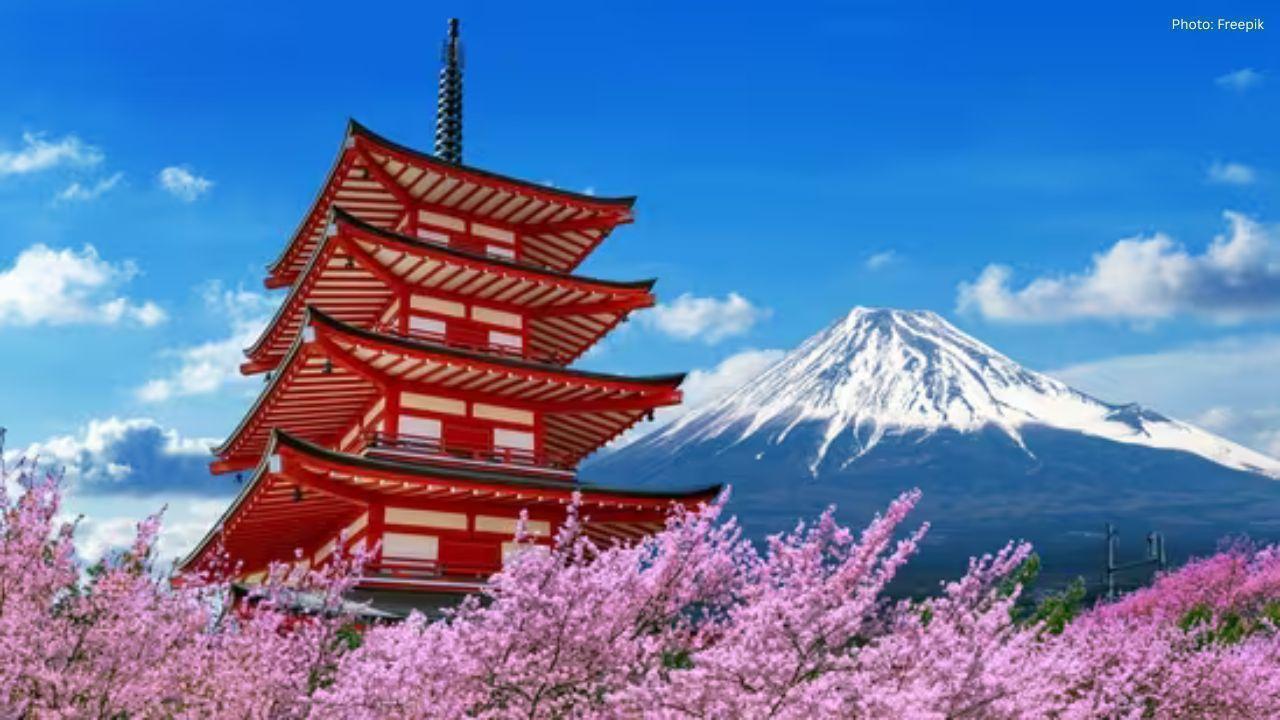

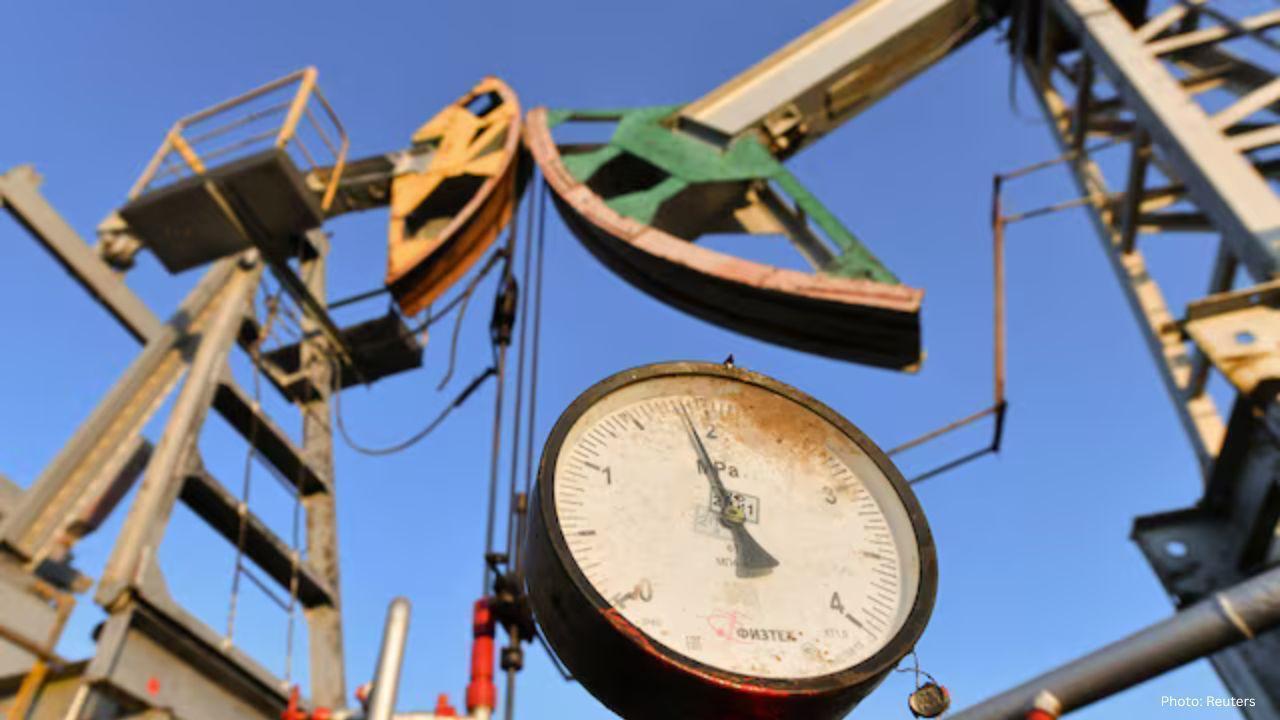
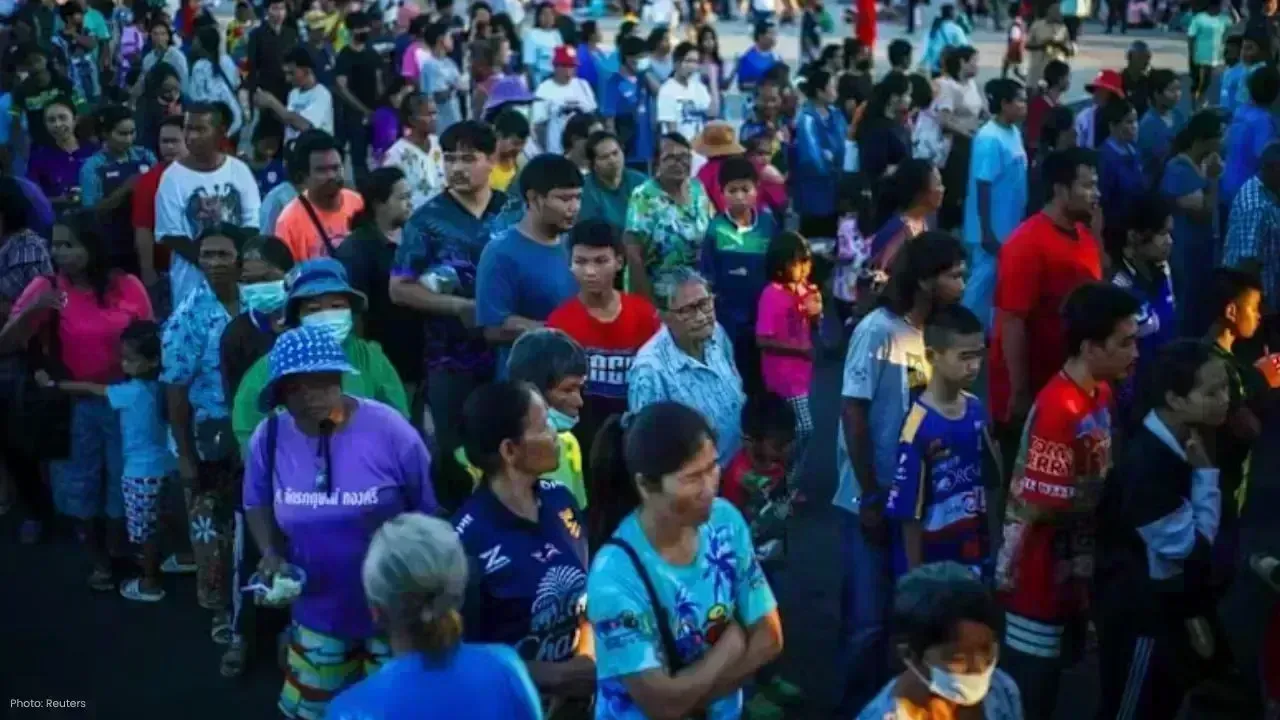
Thailand Defence Minister Joins Talks to End Deadly Border Clash
Thailand’s defence chief will join talks with Cambodia as border clashes stretch into a third week,

India Raises Alarm Over Fresh Attacks on Hindus in Bangladesh
India has condemned recent killings of Hindu men in Bangladesh, calling repeated attacks on minoriti

Sidharth Malhotra & Kiara Advani Celebrate Baby Saraayah’s 1st Christmas
Sidharth and Kiara share adorable moments of baby Saraayah’s first Christmas with festive décor and

South Korea Seeks 10-Year Jail Term for Former President Yoon Suk Yeol
South Korea’s special prosecutor demands 10 years for ex-President Yoon Suk Yeol on charges includin

Salman Khan’s Exclusive 60th Birthday Bash at Panvel Farmhouse
Salman Khan to celebrate his 60th birthday privately at Panvel farmhouse with family, friends, and a

Dhurandhar Breaks Records with Rs 1006 Cr, Becomes Bollywood’s Biggest Hit
Dhurandhar rakes in over Rs 1006 crore worldwide in 21 days, becoming Bollywood’s highest-grossing f